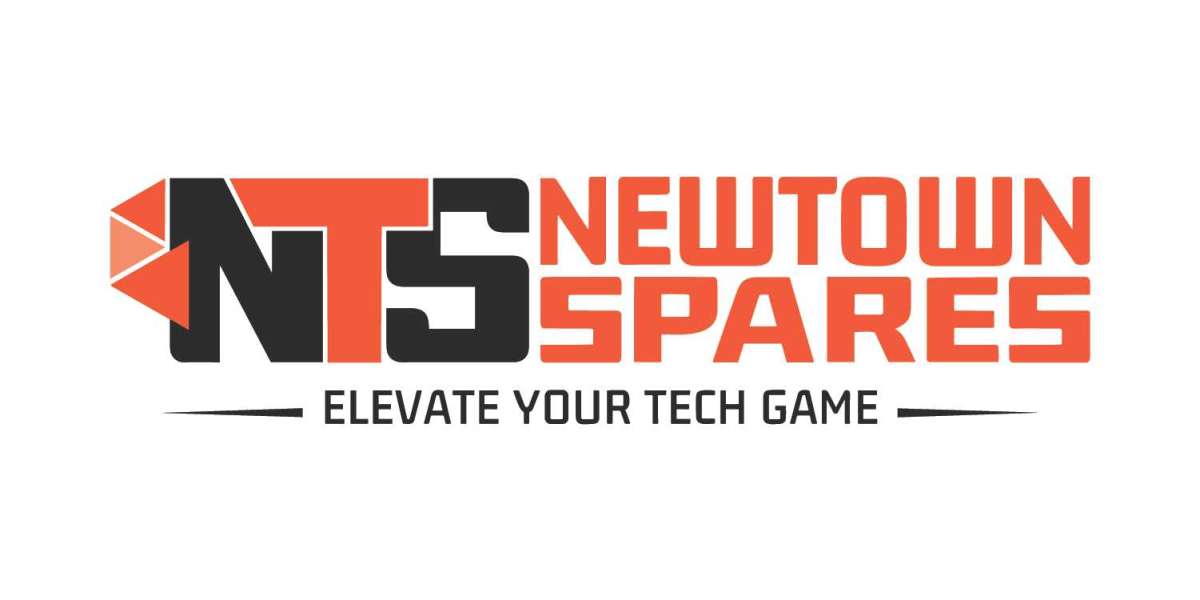Introduction to Motherboard Miscellaneous Features
Motherboards are complex systems that connect and manage all the essential hardware components of a computer, such as the CPU, RAM, and storage devices. However, in addition to these main elements, motherboards also include various miscellaneous components and features that contribute to their overall functionality, efficiency, and usability. These lesser-known aspects can significantly impact a computer’s performance and reliability.
BIOS and UEFI: The Foundation of System Control
The Basic Input/Output System (BIOS) or its modern counterpart, Unified Extensible Firmware Interface (UEFI), is a crucial motherboard feature. BIOS/UEFI is responsible for initializing hardware during the boot process and providing the system with firmware interfaces. UEFI offers a more user-friendly interface, faster boot times, and support for larger hard drives compared to traditional BIOS systems. Advanced BIOS settings allow users to tweak performance settings, manage boot devices, and enable overclocking for CPUs and RAM.
Chipsets: The Backbone of Connectivity
The motherboard chipset is responsible for communication between the CPU, RAM, storage devices, and other peripheral components. It determines what features a motherboard supports, such as the number of USB ports, SATA connections, and PCIe lanes. Chipsets are divided into two sections: the northbridge and southbridge. While the northbridge handles faster communication between the CPU and RAM, the southbridge manages slower connections, such as USB and SATA. Choosing the right chipset ensures compatibility with the desired hardware and performance needs.
Power Phases and Voltage Regulation
Motherboards contain power phases and voltage regulators to manage power delivery to the CPU and other components. These ensure that the system receives stable and consistent power, which is crucial for performance, particularly in systems that use high-end CPUs or are overclocked. High-end Motherboard Miscellaneous often feature more power phases, allowing for better power distribution and more efficient voltage regulation, which can improve both performance and stability.
Cooling Solutions: Maintaining Optimal Temperatures
Many modern motherboards come equipped with advanced cooling solutions that help dissipate heat from critical components like the VRMs (Voltage Regulator Modules) and chipsets. Heatsinks and fan headers are common, with some high-end boards also supporting liquid cooling systems. Effective cooling prevents overheating, prolongs the lifespan of components, and ensures consistent performance, especially under heavy workloads or gaming conditions.
Audio and Networking Components
Motherboards often include built-in audio and networking components. Integrated sound chips, like Realtek HD audio, offer high-definition sound output, which is sufficient for most users. However, audiophiles may opt for additional sound cards for enhanced quality. Similarly, many motherboards come with built-in network interfaces, such as Ethernet ports or Wi-Fi modules, supporting high-speed internet connections. Some advanced motherboards even offer 10-Gigabit Ethernet for ultra-fast networking in data-heavy environments.
Expansion Slots and Ports
Expansion slots like PCIe allow users to upgrade their system by adding additional components such as graphics cards, sound cards, or additional storage controllers. Motherboards also feature various ports, including USB, HDMI, and Thunderbolt, enabling external devices' connections. The number and types of ports available can greatly enhance the versatility and expandability of the system.
Conclusion
Motherboard miscellaneous features play a vital role in a computer system's overall performance and usability. These components, from BIOS settings and chipsets to cooling solutions and expansion ports, provide the foundation for system stability, customization, and functionality. Understanding these features helps users select a motherboard that best suits their performance needs and system configuration.







